Elevating Spaces: Custom Metal Fabrication for Retail and Office Environments
Commercial metal fabrication is a versatile art transforming modern retail and office spaces with ta…….
Commercial Metal Fabrication: The Backbone of Modern Infrastructure
Introduction
Metal fabrication is an integral part of the global manufacturing landscape, shaping everything from skyscrapers to medical devices. Commercial metal fabrication, in particular, is a specialized field that encompasses a wide array of processes used to create, form, or engineer products from metal. This article delves into the multifaceted world of commercial metal fabrication, exploring its historical context, significance, and the impact it has on economies and industries worldwide. Readers will gain insights into market dynamics, technological advancements, policy considerations, and the challenges that shape this industry, as well as its future prospects.
Understanding Commercial Metal Fabrication
Commercial metal fabrication involves the transformation of raw metal into finished products through a series of processes such as cutting, bending, and assembly. It is a comprehensive field that includes tasks like design, engineering, welding, and machining. The core components of commercial metal fabrication include:
Historically, metal fabrication has its roots in ancient civilizations, where metals like bronze were used to create tools and weapons. The industrial revolution marked a significant leap forward with the advent of machine tools and mass production techniques. Today, commercial metal fabrication is a sophisticated industry, driven by advanced technology, innovative design, and an ever-growing demand for metal products across various sectors.
Global Impact and Trends
The influence of commercial metal fabrication is evident across the globe. Key trends shaping its trajectory include:
Different regions have different impacts; for instance, countries like China and the United States are major hubs for metal fabrication due to their large manufacturing sectors. Meanwhile, Germany and Japan lead in precision engineering and high-tech manufacturing.
Economic Considerations
Commercial metal fabrication plays a pivotal role in economic development. It contributes to job creation, innovation, and the overall competitiveness of an economy. Market dynamics within this sector are influenced by factors such as:
Investment patterns in commercial metal fabrication often reflect the health of an economy and its commitment to manufacturing. This industry is a barometer for economic activity, with its fortunes closely tied to the broader economic environment.
Technological Advancements
Technology has revolutionized commercial metal fabrication, with advancements such as:
These advancements have not only improved the quality of metal products but also reduced lead times, lowered costs, and opened up new markets. The future potential of technology in this field is vast, with predictive maintenance and real-time monitoring on the horizon.
Policy and Regulation
The policies and regulations governing commercial metal fabrication are diverse and complex, covering aspects such as:
Compliance with these frameworks is critical for businesses within the industry, influencing their operational practices and market competitiveness. Policies must balance economic growth with environmental stewardship and social responsibility.
Challenges and Criticisms
Despite its significance, commercial metal fabrication faces several challenges:
Strategies to address these issues include embracing sustainable practices, investing in workforce development, and leveraging technology to enhance efficiency and productivity. Collaboration between industry stakeholders, governments, and educational institutions is key to overcoming these challenges.
Case Studies
Several case studies exemplify the successful applications of commercial metal fabrication:
These case studies provide valuable lessons on adapting to changing markets, embracing innovation, and maintaining a competitive edge.
Future Prospects
Looking ahead, commercial metal fabrication is poised for growth in several areas:
The industry’s future is bright, with opportunities to lead in innovation, sustainability, and technological advancement.
Conclusion
Commercial metal fabrication is a dynamic and multifaceted industry that plays a critical role in the global economy. Its resilience is reflected in its ability to adapt to technological changes, policy shifts, and market demands. As we look to the future, the focus on innovation, sustainability, and workforce development will be pivotal in shaping the trajectory of this industry. The potential for growth is immense, with advancements in technology and an increasing emphasis on green manufacturing poised to drive progress.

Commercial metal fabrication is a versatile art transforming modern retail and office spaces with ta…….
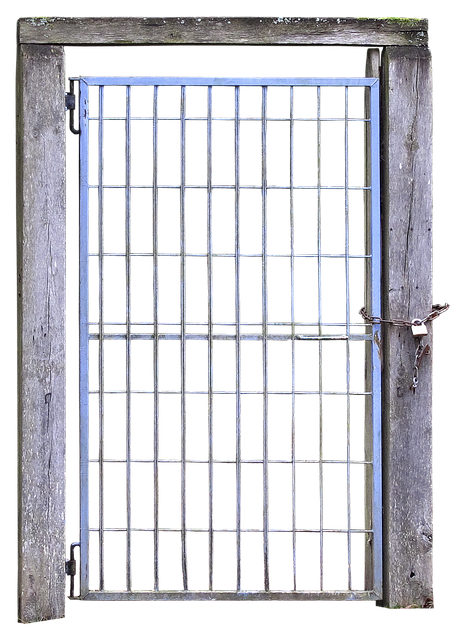
Commercial metal fabrication is a versatile field crafting tailored metal components for diverse bus…….
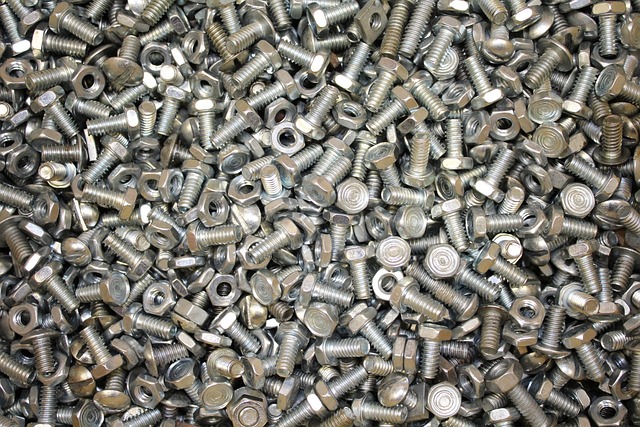
Commercial metal fabrication is revolutionizing workspace design with its versatile and aestheticall…….
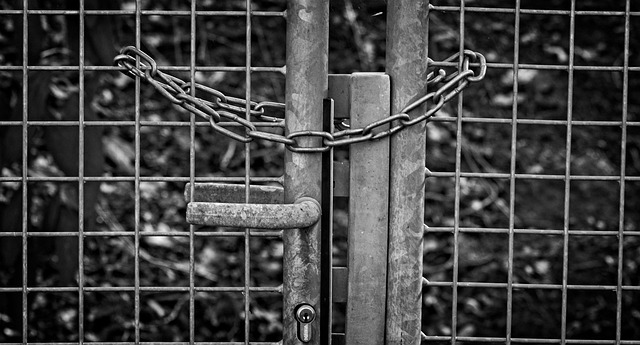
Commercial metal fabrication is a versatile and indispensable aspect of modern business interior des…….
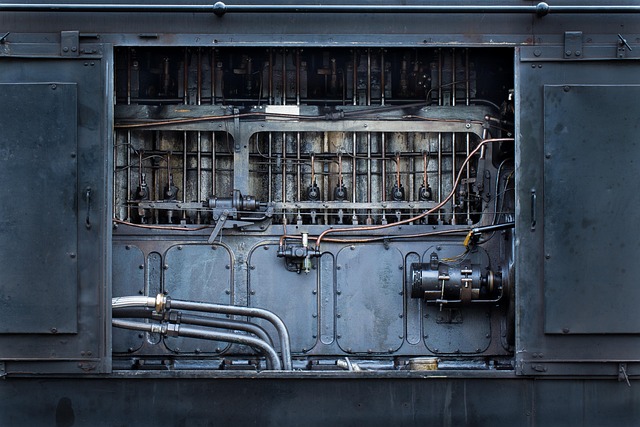
Commercial metal fabrication is an art that transforms ordinary spaces into captivating business int…….

Commercial metal fabrication is a specialized process creating functional metal components from raw…….

Commercial metal fabrication is a versatile art that transforms raw materials into functional and ae…….
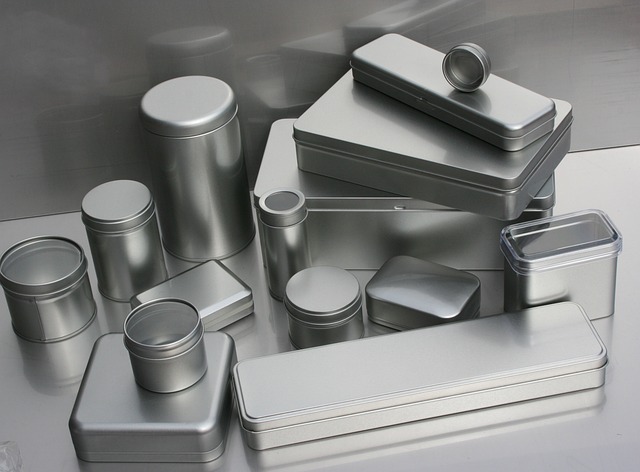
Commercial metal fabrication is a dynamic field offering tailored, durable solutions to transform bu…….
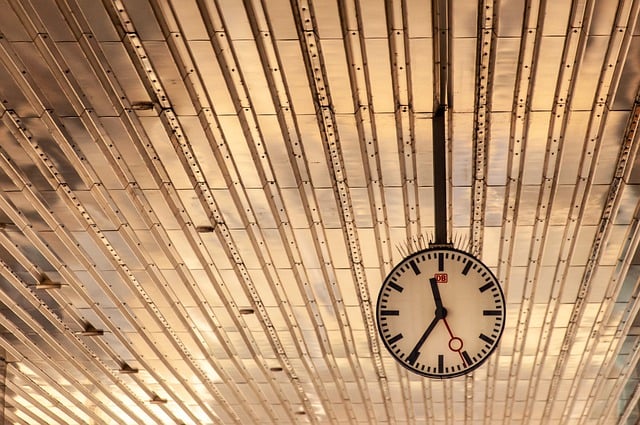
Commercial metal fabrication is a game-changer in property development, offering businesses creative…….

Commercial metal fabrication is a versatile process by Business Metalwork that transforms raw metals…….